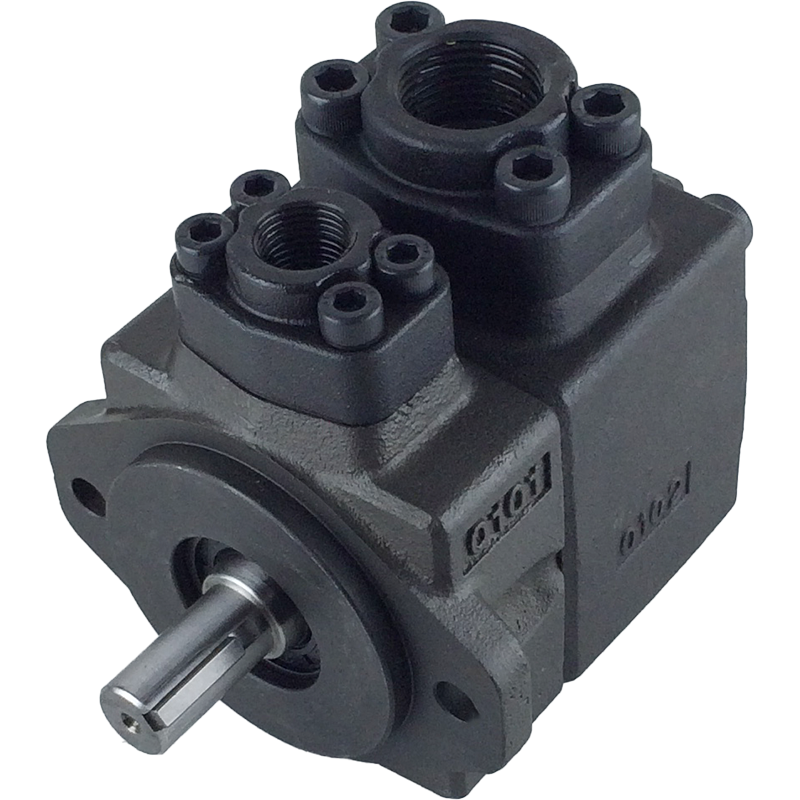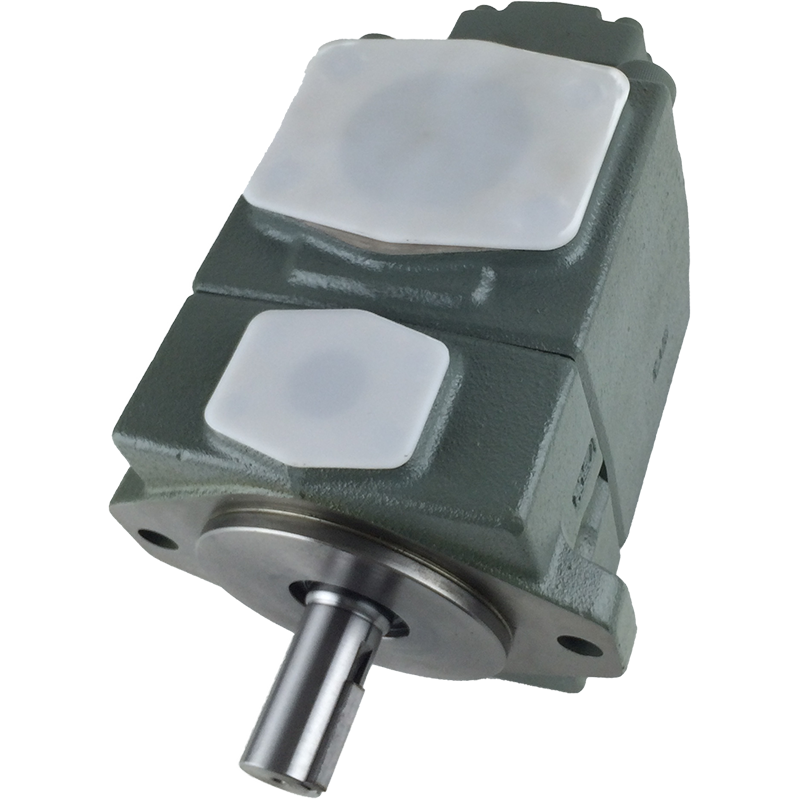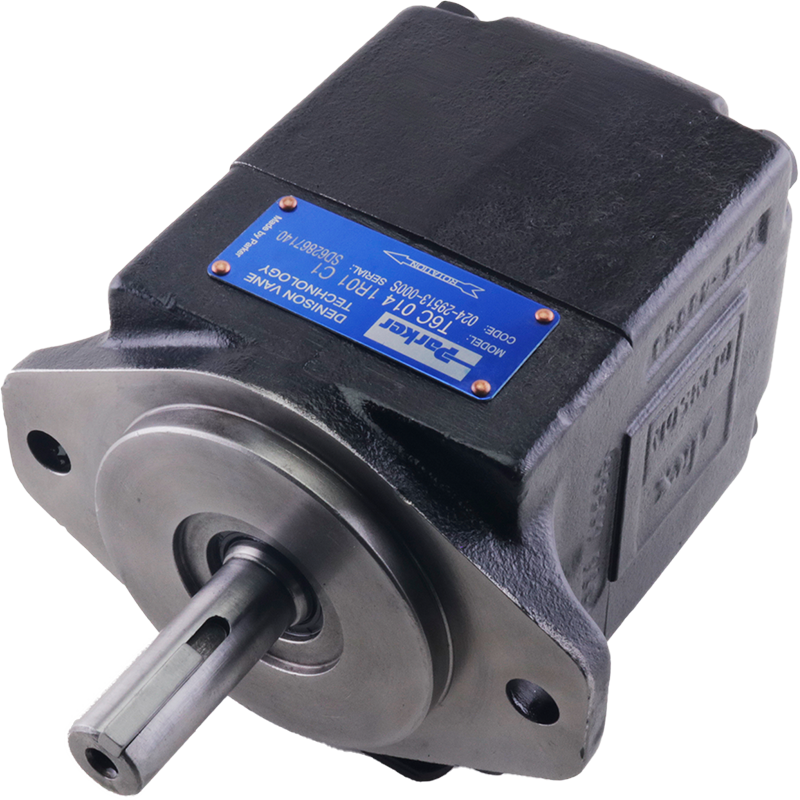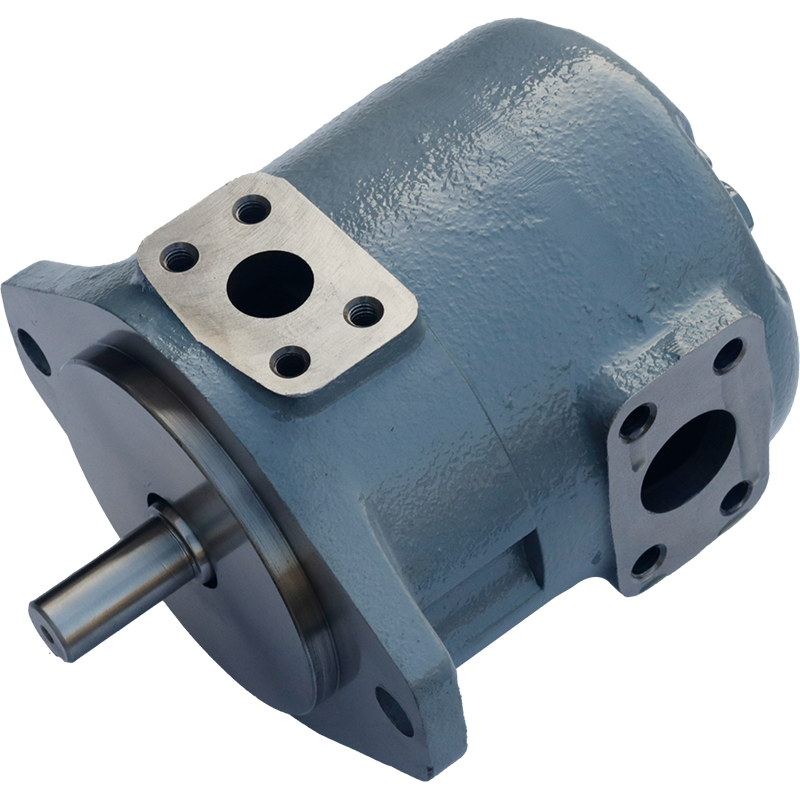4 key factors that determine the hydraulic pump, you must know
1. Stress
Working pressure: refers to the actual working pressure of the pump, its size depends on the external load, and the maximum value depends on the safety valve.
Rated pressure: refers to the maximum pressure allowed for continuous operation under the normal working conditions of the pump (according to the test standards, under the condition of ensuring a certain volumetric efficiency and service life), the rated pressure is an important index parameter of the oil pump (or motor).
Maximum pressure: refers to the ultimate pressure that the pump can withstand in a short period of time when overloaded. It depends on the sealing performance of the hydraulic pump, and the sealing performance is related to the form of the pump, the sealing material and its specific structure. The maximum pressure is also an oil pump or motor. index parameter.

2. Displacement, flow
Hydraulic pump displacement (q): refers to the change in the working volume of the seal per one revolution of the pump (that is, the volume of liquid discharged by one revolution of the pump). It only depends on the structural parameters of the pump.
Flow is divided into actual flow, theoretical flow and rated flow; it refers to the volume of liquid that the pump can discharge per unit time.
Rated flow refers to the flow that must be guaranteed according to the test standard under normal working conditions, that is, the flow output by the pump at rated speed and rated pressure.
The actual flow refers to the volume of liquid actually discharged by the hydraulic pump per unit time, which is represented by Q.
Qt theoretical flow, refers to the volume of liquid discharged in unit time, calculated from the change of the geometric size of the sealed cavity, that is, the volume of liquid that can be discharged per unit time without leakage; because the pump has internal leakage, the rated flow and The theoretical flow is different.

3. Speed
Rated speed: Keep the hydraulic pump running continuously at the highest speed under normal working conditions (under rated pressure).
Maximum speed: Under rated pressure, the maximum speed that exceeds the rated speed and allows short-term operation.
The rated speed and the maximum speed are also the index parameters of the hydraulic pump. The normal working condition of the hydraulic pump is to form a sufficient vacuum in the oil suction chamber, and at the same time, ensure that no cavitation occurs at the oil suction port, so that the liquid flows continuously. In order to form a sufficient vacuum in the suction chamber and ensure a certain volumetric efficiency, the rotational speed of the hydraulic pump should not be too low. In order to ensure the continuous flow of the liquid, no cavitation and ensure a certain service life of the hydraulic pump, the speed of the pump should not be too high, so the hydraulic pump is required to work in an appropriate speed range.

4. Self-priming ability
The self-priming capacity of the hydraulic pump refers to the ability of the pump to absorb oil by itself from the open oil tank below the oil suction port at the rated speed. The size of this capacity is often expressed in terms of oil absorption height or vacuum degree table. The suction height is the distance from the centerline of the suction port of the pump to the liquid level of the tank.
The essence of the self-priming ability of the hydraulic pump is the ability of the oil in the oil tank to flow into the suction chamber under the action of atmospheric pressure when a partial vacuum is formed in the suction chamber of the pump. The greater the vacuum degree of the suction chamber of the hydraulic pump, the stronger the self-priming ability. However, due to the limitation of cavitation conditions, the self-priming ability of various hydraulic pumps is different. Generally, the suction height of the pump does not exceed 500mm. Not self-absorption.

